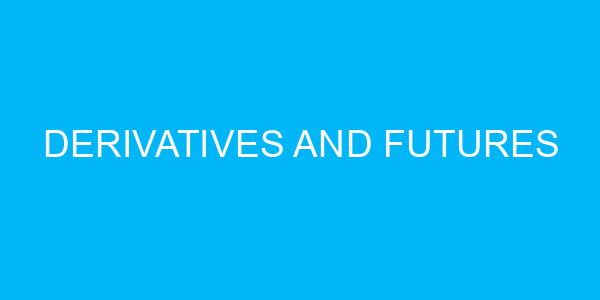6) What is the difference between a call option and a put option?
a) A call option gives the buyer the right to sell an asset, while a put option gives the buyer the right to buy an asset.
b) A call option gives the buyer the right to buy an asset, while a put option gives the buyer the right to sell an asset.
c) A call option gives the buyer the right to borrow money, while a put option gives the buyer the right to lend money.
d) A call option and a put option have the same rights for the buyers.
7) What is the strike price?
a) The price at which a derivative contract is initially traded
b) The current market price of the underlying asset
c) The price at which the underlying asset can be bought or sold
d) The price at which the underlying asset was originally purchased
8) What is a long position in a futures contract?
a) The buyer agrees to deliver the underlying asset on the specified future date
b) The buyer agrees to receive the underlying asset on the specified future date
c) The seller agrees to deliver the underlying asset on the specified future date
d) The seller agrees to receive the underlying asset on the specified future date
9) What is a short position in a futures contract?
a) The buyer agrees to deliver the underlying asset on the specified future date
b) The buyer agrees to receive the underlying asset on the specified future date
c) The seller agrees to deliver the underlying asset on the specified future date
d) The seller agrees to receive the underlying asset on the specified future date
10) What is the main advantage of using derivatives for hedging?
a) They allow investors to leverage their positions
b) They provide a way to speculate on the future price movements
c) They provide a way to reduce or eliminate risk
d) They provide a way to earn higher returns




